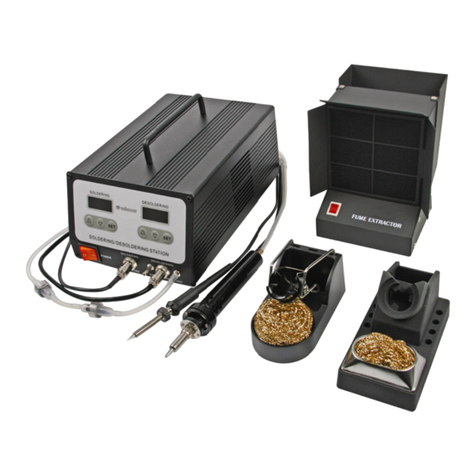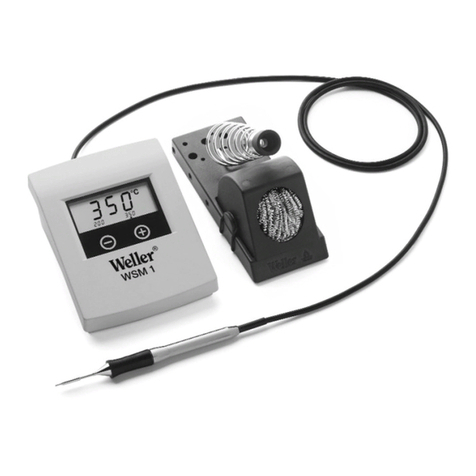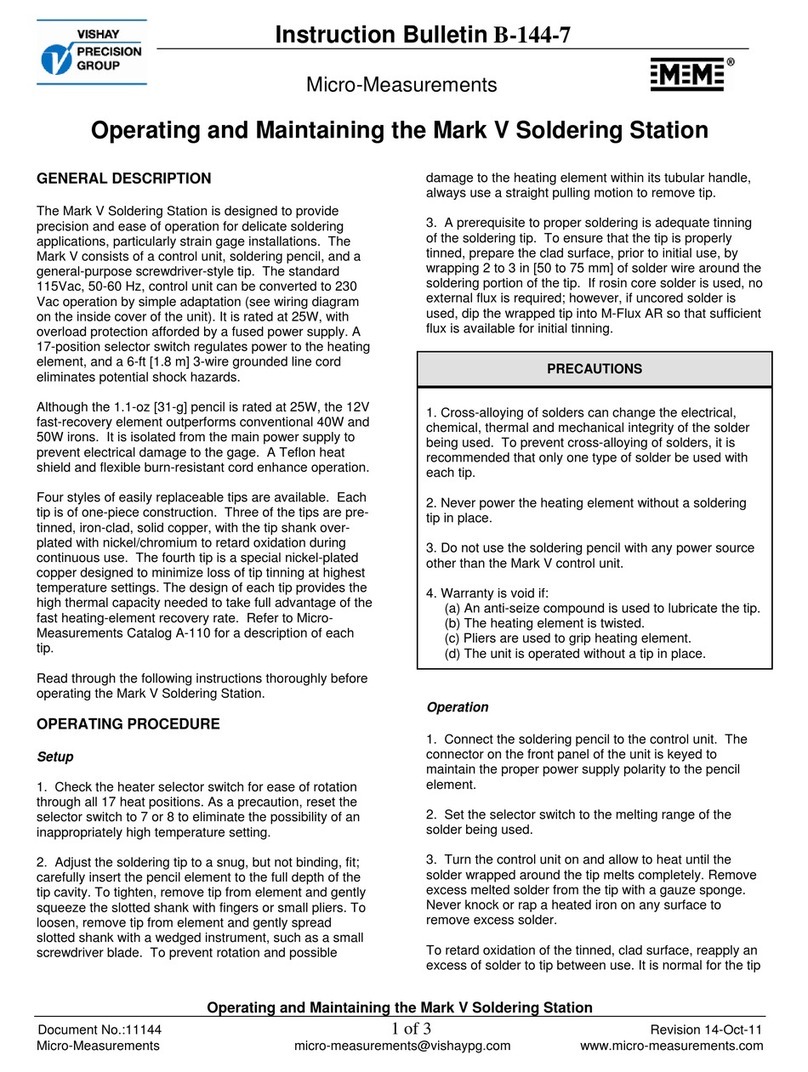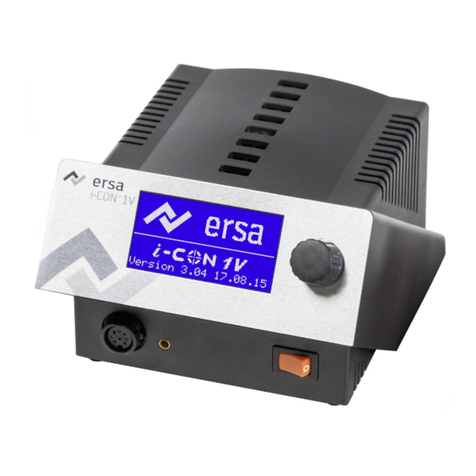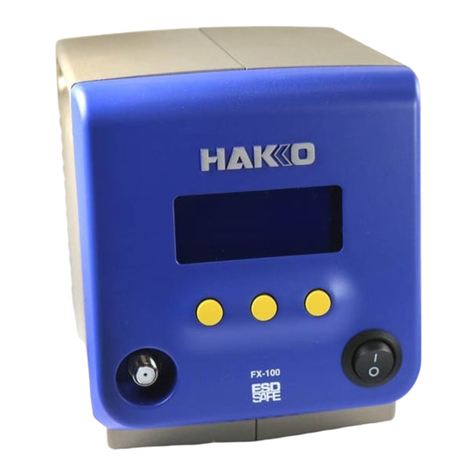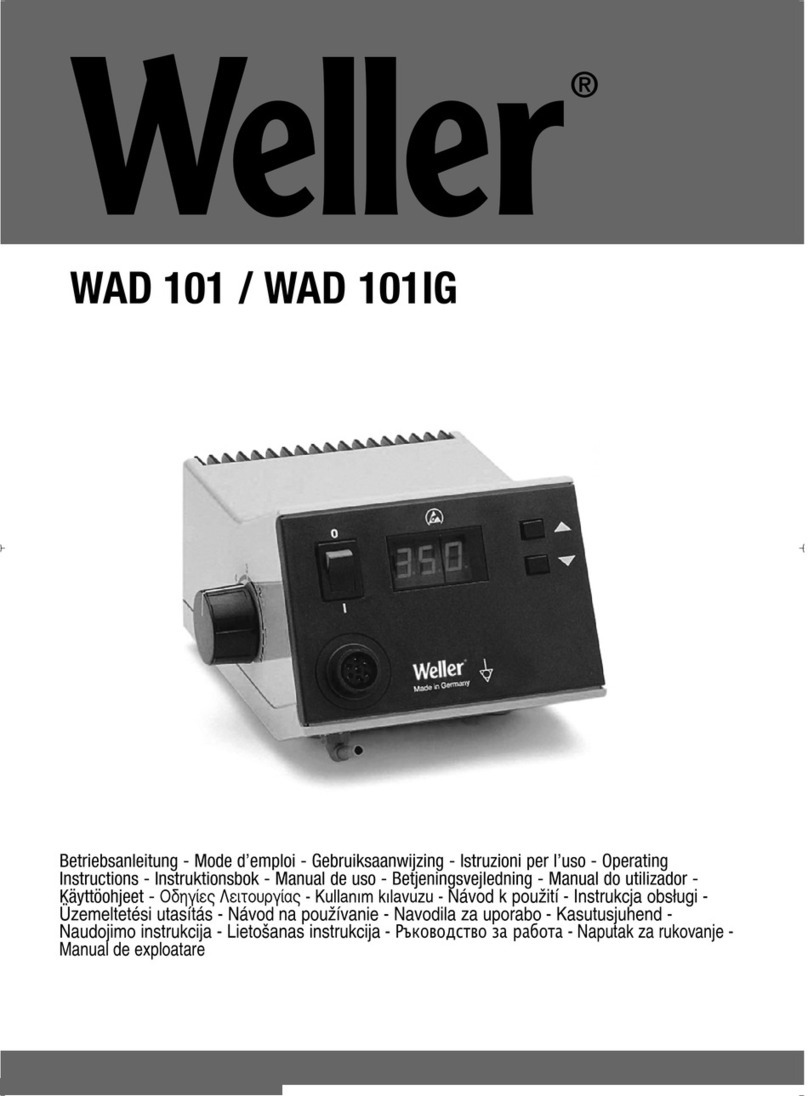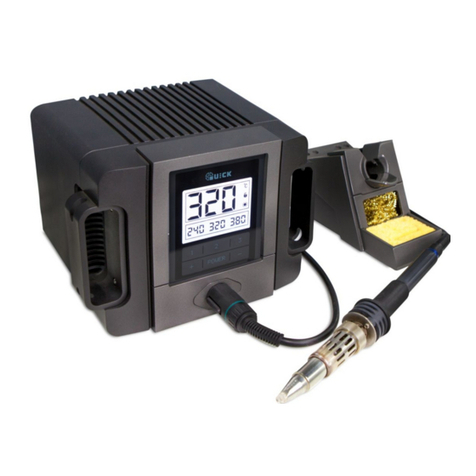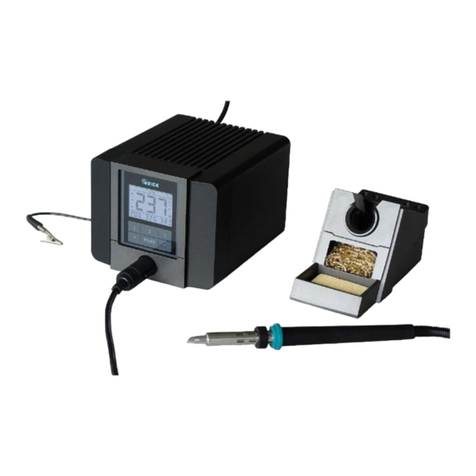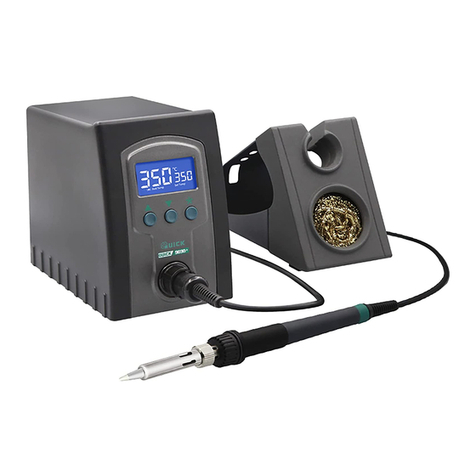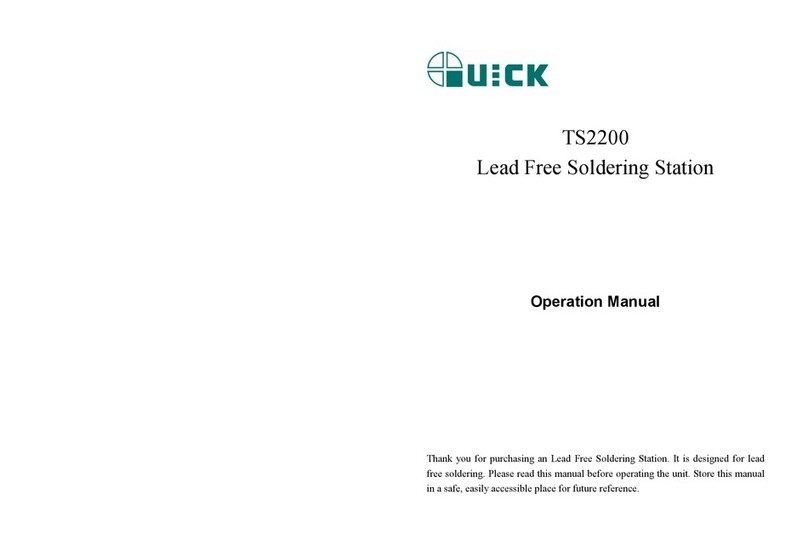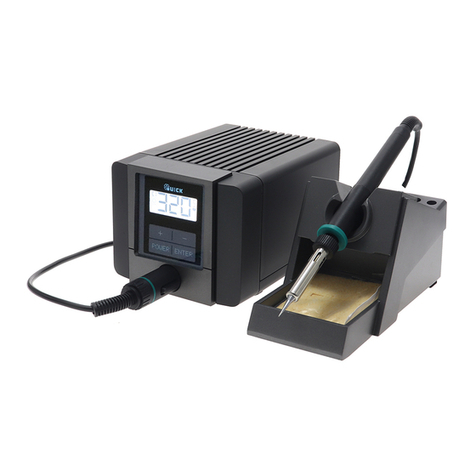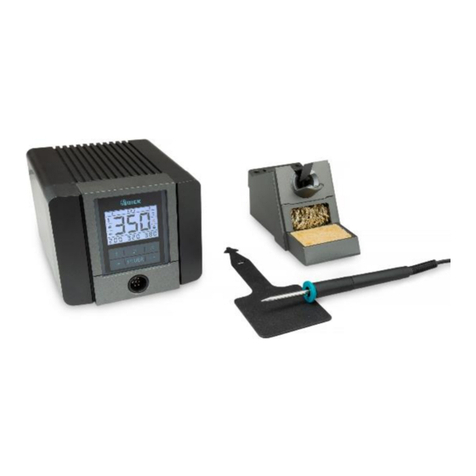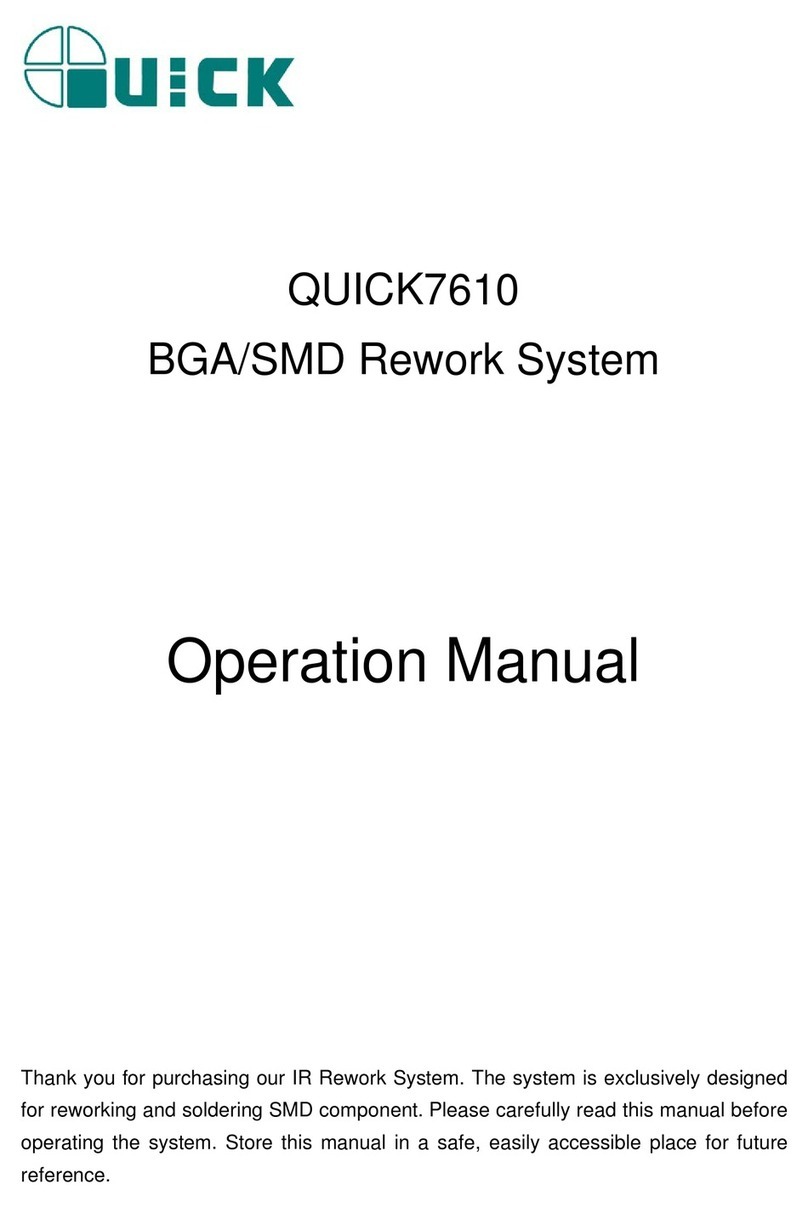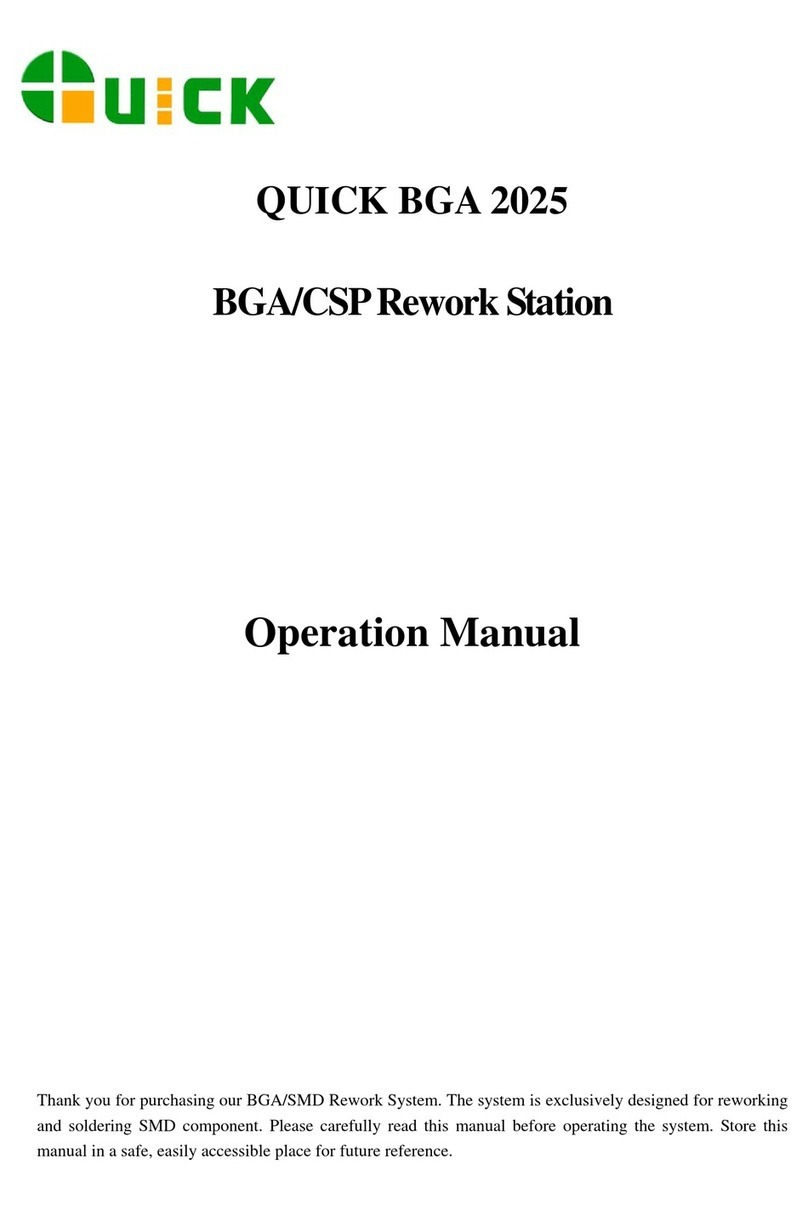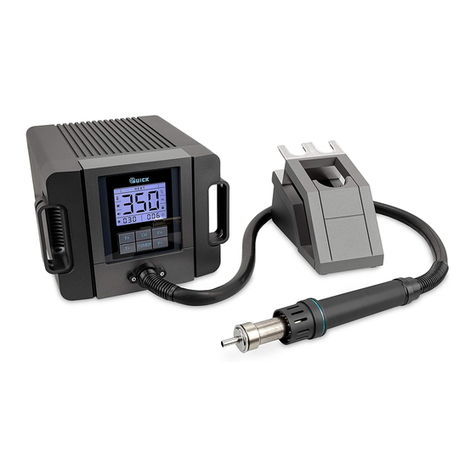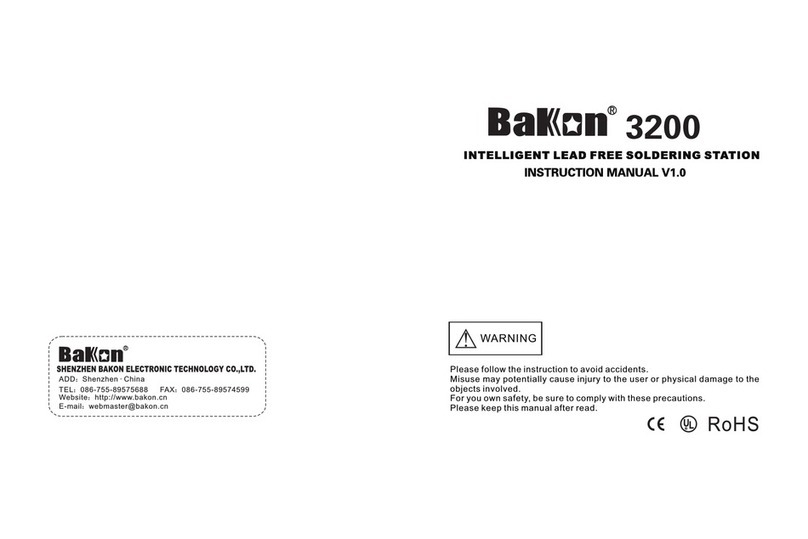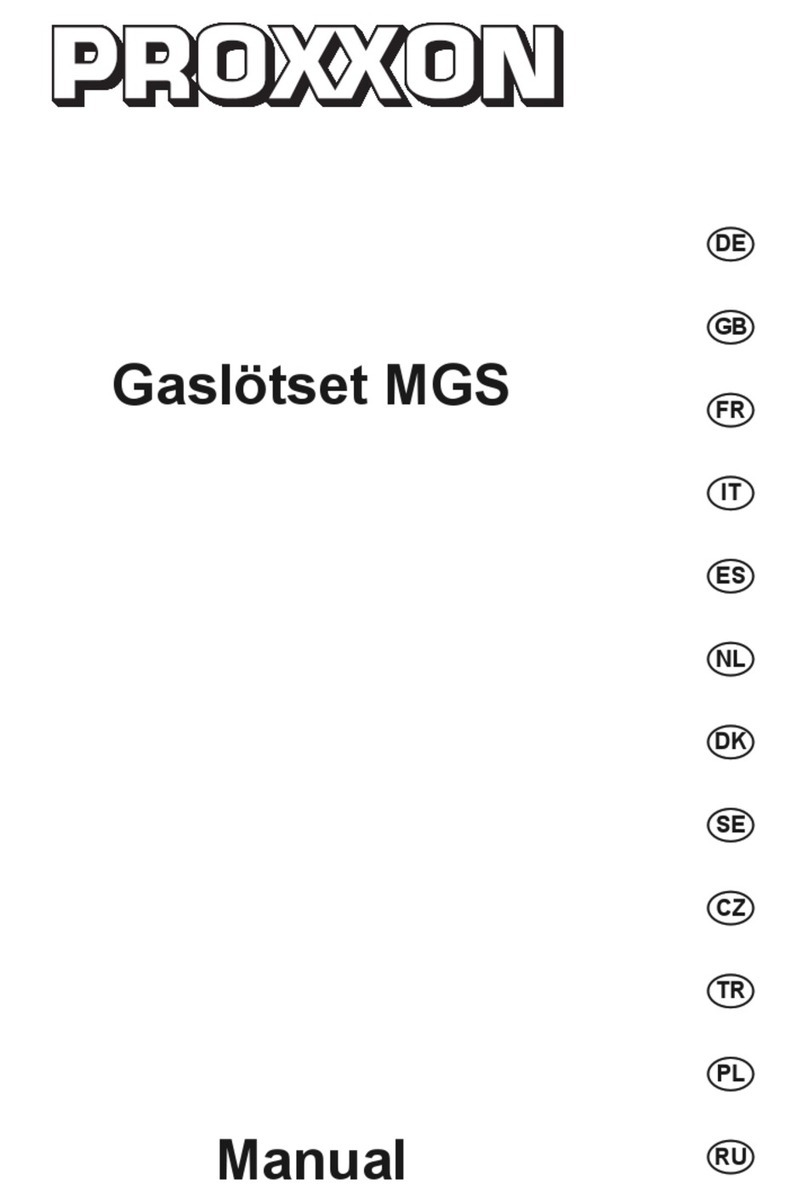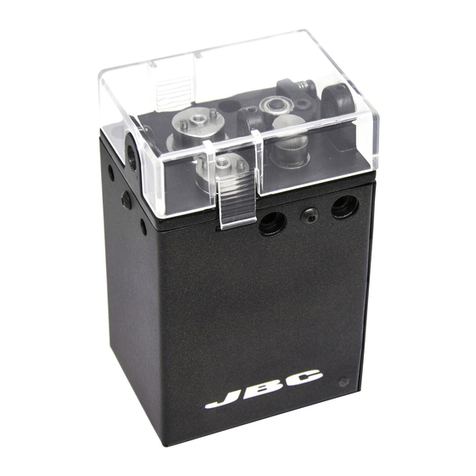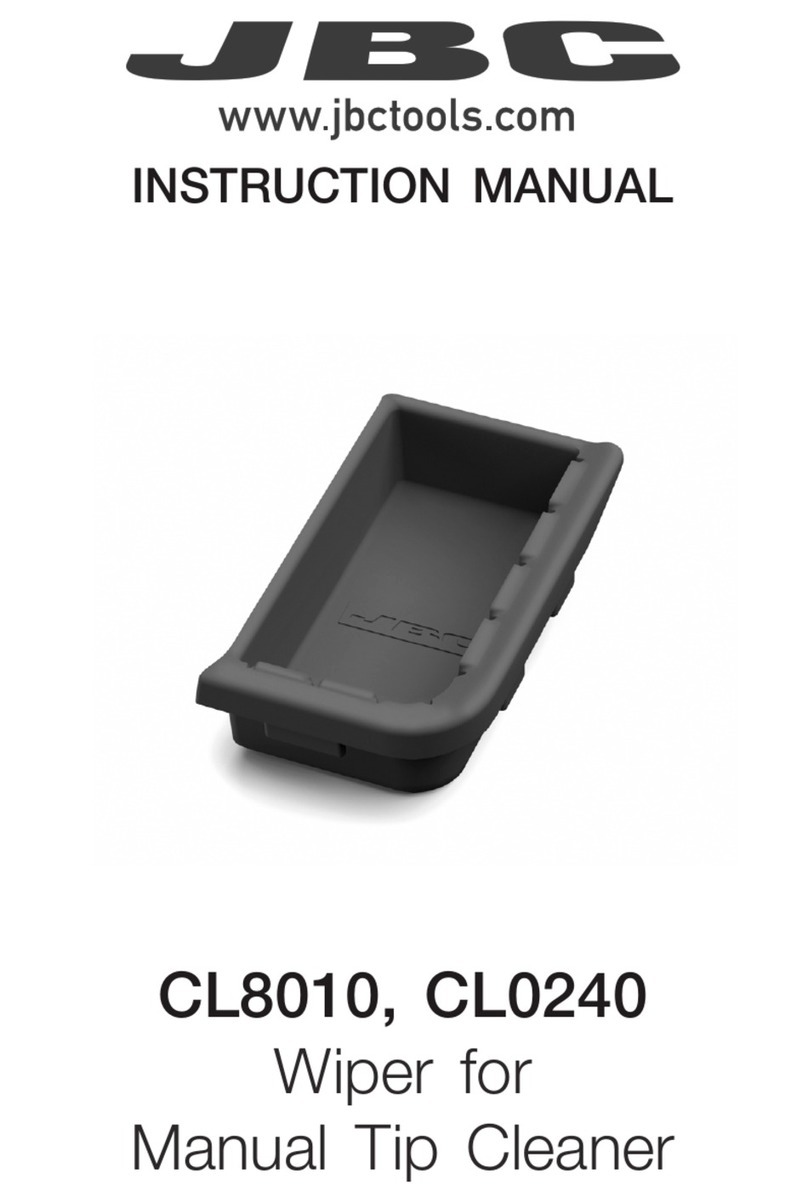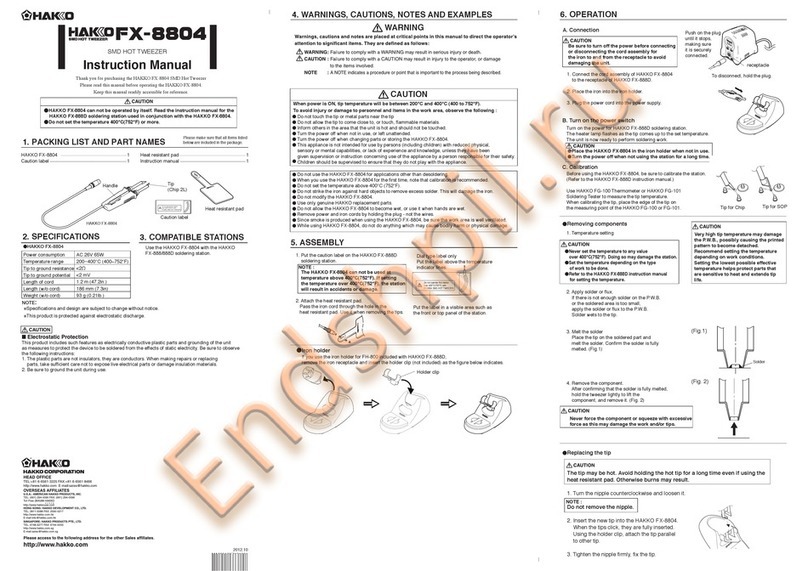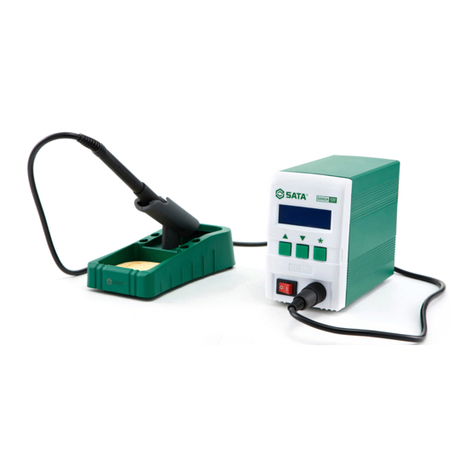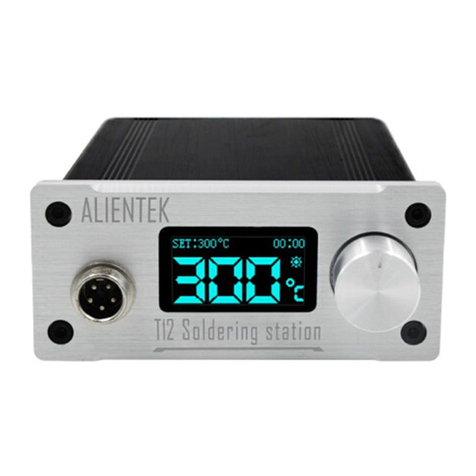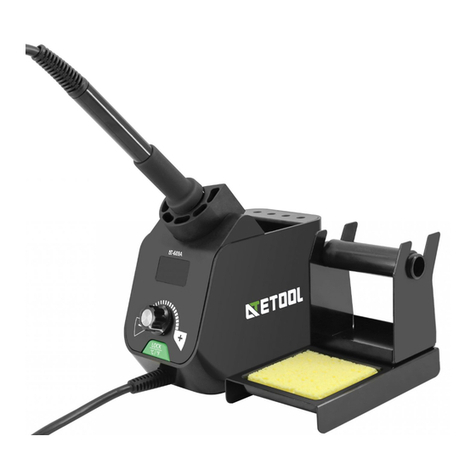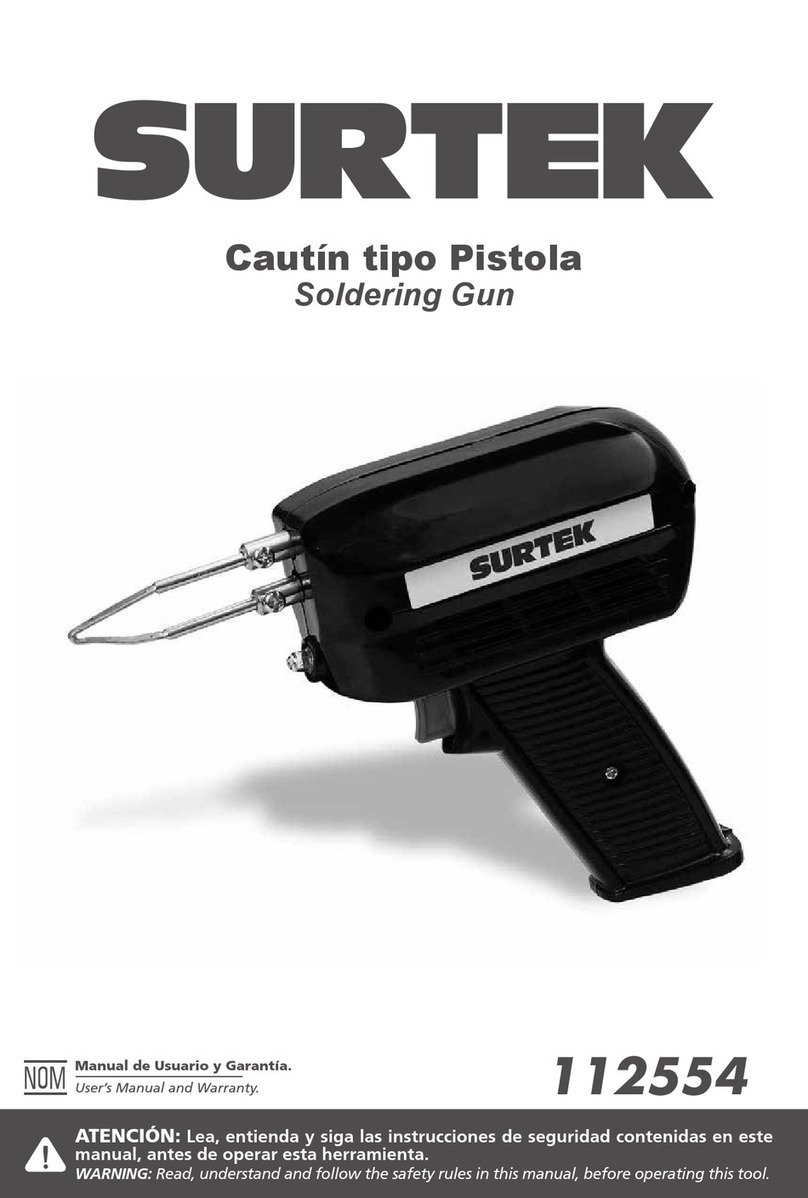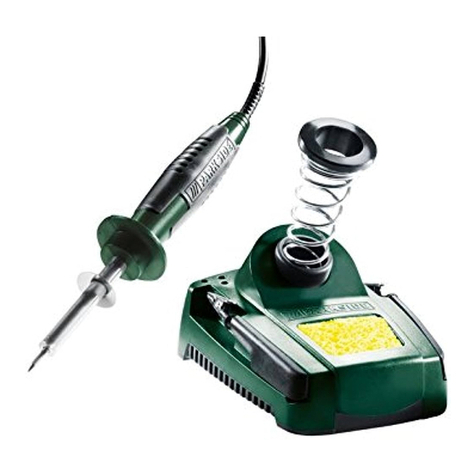4.3.2 Temperature Setting
Raise Temperature: Click “▲” button, the temperature will rise1℃, the LCD
will display the current setting temperature. If press the
“▲” button for at least 1s, the setting temperature will
rise rapidly. Loose the “▲” button when the value is up
to the required temperature.
Reduce Temperature: Click “▼” button, the temperature will drop1℃, and
the LCD will display the current setting temperature. If
pressing “▼” button not loosely at least 1s, the setting
temperature will drop rapidly. Loose the “▼” button
when the value is down to the required temperature.
4.3.3 Turn On / Turn Off the Sound
1. In the working state, press the “▲” and “▼” buttons simultaneously and
keeping about 3seconds. The sound will be turned on if the LCD displays
“”, and will be off if the LCD displays “OFF”.
2. When the sound is turn on (the sign displaying on the screen), it has sound
when clicking the button.
3. When the sound is turned on (the sign displaying on the screen), if the
difference in temperature between real temperature and set temperature is
bigger than ±20℃, it will sound to prompt.
4. If the sound is turned off (the sign don’t displaying on the screen), it is
soundless when clicking the button or the difference in temperature is bigger
than ±20℃.
3. After selecting the working mode, click “*” button to save and then return to
the parameter menu selecting interface.
5.5 Password Set
1. In the parameter menu selecting interface, click “▲” or “▼” button to select
the menu “-4-”, and then click “*” button into the password setting interface.
2. Once into the new password setting, the LCD displays “---”. After that, click
the “▲” or “▼” button, the 100’s digit is bright.
3. At the time, click the “▲” or “▼” button to select the 100’s digit, and then
click the “*” button when displaying the selected value of 100’s digit. After
that it comes into 10’s digit set. The setting methods of the 10’s digit and 1’s
digit are same with the 100’s digit.
1 2 3 4 5 6 7 8 9 0
4. If the setting passwords are not same with each other, it will return to the work
state directly, which means the password setting is not successfully.
5. If the setting passwords are same with each other, the LCD displays “ ”,
and then return to the parameter menu selecting interface, which means the
password setting is successfully.
Ⅵ. Temperature Calibration
The temperature of the unit should be recalibrated every time if the handle, heating
element or soldering tip is replaced. The unit uses digital calibration.
Method of recalibrating temperature:
Use the thermometer to calibrate it and it is precise comparatively.
1. Set the temperature at a certain value.
2. When the temperature is stable, measure the tip’s temperature with
thermometer and write down the value.
Page 7 Page 12
